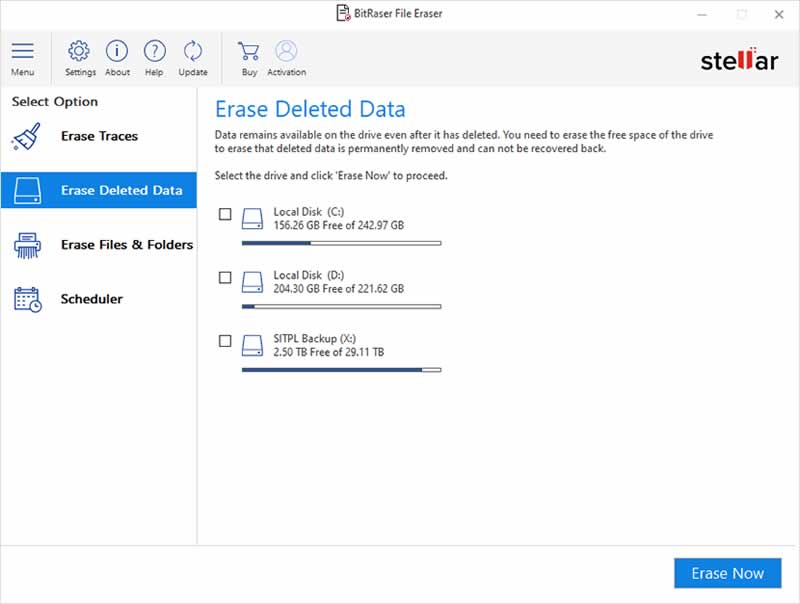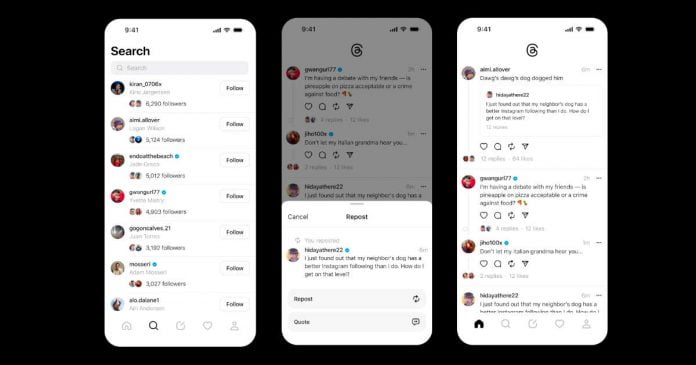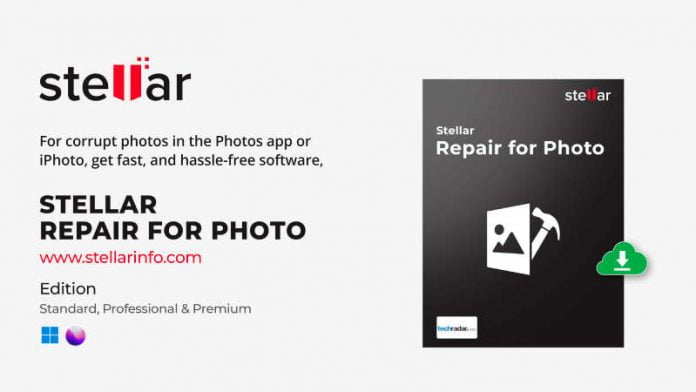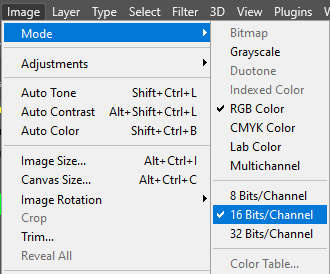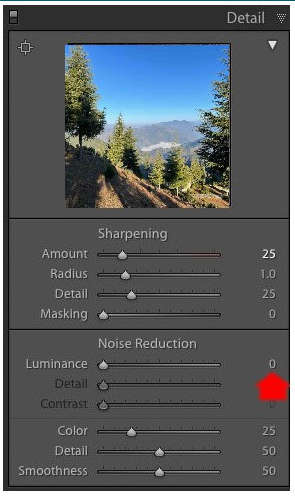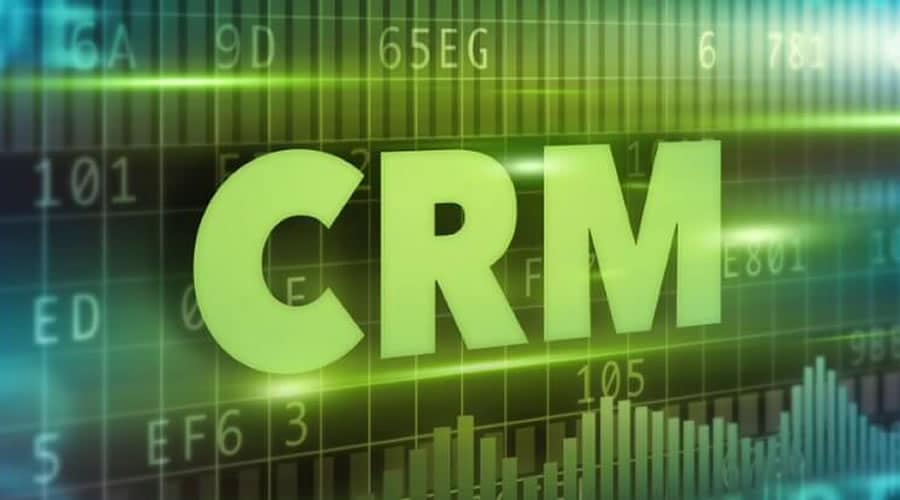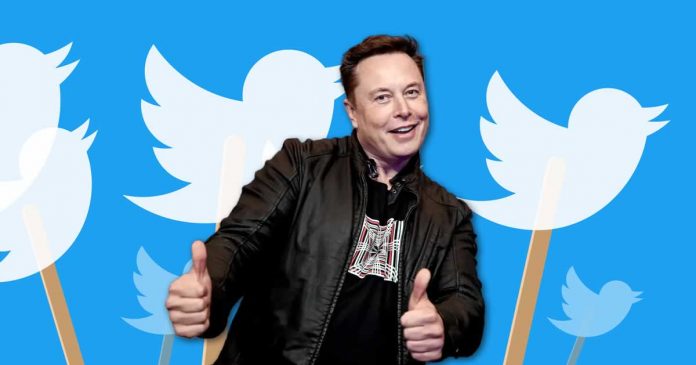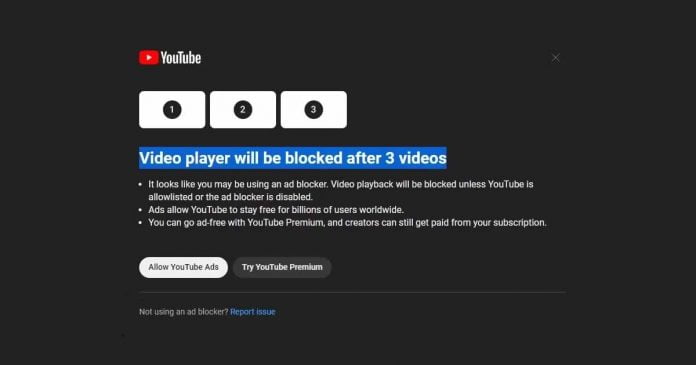One crucial aspect of a robust security strategy is implementing a reliable security certificate management system, which includes obtaining a valid SSL certificate. A valid SSL certificate is crucial for any website that handles sensitive data to secure customer information and maintain user trust.
An SSL certificate, issued by a certificate authority, establishes an encrypted link between a server and a browser. This encrypted link ensures that all data passed from the browser to the website is securely transmitted and is what distinguishes URLs that begin with “https://” rather than the unsecured “http://”.
Obtaining a valid SSL certificate can be complex, and several factors must be considered to ensure that the certificate is reliable and effective. This article discusses five essential factors to consider when obtaining a valid SSL certificate. We’ll also look at the steps to obtain a valid SSL certificate.
Contents
4 Factors to Consider When Obtaining an SSL Certificate
1. Type of SSL Certificate
There are various SSL certificates available in the market, such as Domain Validated (DV), Organization Validated (OV), Extended Validation (EV), and Wildcard SSL. Each type of SSL certificate has a set of features and levels of validation, making it important to choose the right type of SSL certificate for your website.
2. Certificate Authority
The Certificate Authority (CA) is the entity that issues SSL certificates. When obtaining an SSL certificate, choosing a trusted and reliable CA recognized by major web browsers and operating systems is important. Sectigo provides valid SSL certificates easily recognized across your entire security system.
3. Validation Process
The SSL certificate validation process varies depending on the type of SSL certificate chosen. For example, a DV SSL certificate requires only basic domain ownership verification. In contrast, an EV SSL certificate requires a more thorough validation process to establish the legal identity of the website owner.
4. Compatibility
SSL certificates come with different levels of encryption, which can impact website performance and compatibility with different devices and browsers. It is important to choose an SSL certificate with the right level of encryption to ensure compatibility with different platforms and devices.
5. Price
The cost of SSL certificates can vary widely depending on the certificate type, level of validation, and the Certificate Authority. It is essential to compare different options and choose an SSL certificate that fits within your budget while still providing the necessary level of security for your website.
How to Obtain a Valid SSL Certificate
The exact steps required to obtain a valid SSL certificate can vary depending on the Certificate Authority (CA) and the type of SSL certificate you need. However, the general steps to obtain a valid SSL certificate include the following:
- Choose the type of SSL certificate that best suits your website’s needs.
- Select a reputable Certificate Authority (CA) recognized by significant web browsers and operating systems.
- Generate a Certificate Signing Request (CSR) on your web server, which includes your website’s public key and identification information.
- Submit the CSR to the CA and any additional documentation required for validation, such as proof of domain ownership or legal identity.
- Wait for the CA to verify the information provided and issue the SSL certificate.
- Install the SSL certificate on your web server and configure your website to use HTTPS.
- Test your SSL certificate to ensure it works correctly and provides the necessary security level.
Securing Valid SSL Certificates for Better Cybersecurity
As a business owner, you need a valid SSL certificate to ensure the security of your website and protect against cyber threats. The process can be complex, requiring careful consideration of the abovementioned factors. To manage your SSL certificates effectively, you should implement a robust certificate management system. Sectigo offers certificate management solutions that can assist you in obtaining valid certificates and streamlining certificate management with ease.




